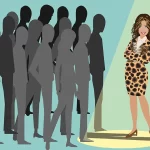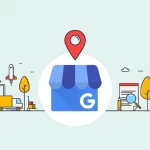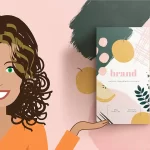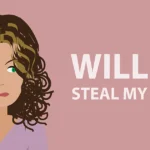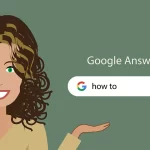Flat Design: The Latest Trend in Web Design

Flat design is probably the biggest trend in web and user interface design this year. The latest popularity is made greater by Microsoft’s daring leap forward with Windows 8 and the new Google design, which strides even deeper into minimalism.
Unlike the realistic 3D look we have all been used to in the past few years, flat design focuses on simple two-dimensional appearance, removing the drop shadows, gradients, and textures. This creates a new challenge in graphic design, where the features of the interface have to appear clearly to the user while maintaining a pure and fundamentally minimalistic look.
There’s Life After Web 2.0
We’re moving away from web 2.0 sensibility, and this means that design elements like glossy buttons, shiny surfaces, flashy gradients and unnecessary textures are becoming outdated. Graphic design in Web 2.0 centred on “touches” that made visual interfaces feel more solid and real. Realistic effects of water droplets, shiny plastic surfaces or glass reflections were popular then, because they reminded us of aesthetic qualities in real-world objects. Things had to look visually interactive.
“Flat design”, on the other hand, is exactly as it sounds, it makes everything look “flat”, rather than bevelled, bulged, clickable or otherwise realistic. Every element – from boxes to image frames or buttons to navigational tools – is clear-cut, utilising simple user interface elements with an emphasis on usability. Designers often stick to simple shapes and allow each shape to stand alone. While flat design has not been crowned “web 3.0” yet, more and more websites are now following this trend.
Focus on Typography
Typography is an essential element in flat design. Words are used to communicate a message, provide navigational tools and tell users what to do on your site. A strong textual copy could even replace the use of images altogether and the design will include only a few words to maintain a simple flow and feel. In many sites, elegant typography becomes the centrepiece of the design. Of course, since the flat scheme is often simple and minimalistic, the typography has to resonate with that. Additionally, uppercase text for navigation items and key headlines is often used.
Use of Colours
Flat design is also a move towards the colourful. Designers are expanding palettes from just a shade or two to a variety of colours, often bold and bright. Many of the traditional rules about colour pairing and matching are let go of, in favour of palettes that span the rainbow. Bright colours typically work well against both light and dark backgrounds, creating contrast and engaging users by making the design elements clear and readable.
Large Elements, Lots of Space
Flat design has an overall minimalist design approach that uses large elements and lots of spaces, avoiding a cluttered, busy look. This approach emphasises usability, enabling a straight forward view and a clear flow that doesn’t fight for the user’s attention. In flat design, ornamental elements are viewed as unnecessary clutter. If an aspect serves no functional purpose, it’s considered a distraction that will not be included. To summarise in one well-known phrase: “less is more.”
Flat Icons and Illustrations
Icons and illustrations have a two-dimensional appearance. Icons keep to a simple, flat appearance, often indicating universal actions or purposes that everyone can easily understand. Even stripped away of details, shadows and textures, you can easily see how icons maintain a distinct style and form. The meaning of any icon is quickly perceived as they are made to be solid-colour and attention-grabbing. Illustrations are minimalist, lacking the light and 3D effect that were prevalent in earlier web eras.
SOURCE: Wix

